We are all faced with the need to travel from time to time; whether it is for business, vacation, family trips or even going on a church-sponsored missions trip.
The destination and purpose doesn’t matter. What does matter is whether or not you’re prepared for something to go wrong. Most people don’t want to think about things going wrong when they are traveling, especially if they are traveling for pleasure. But problems, crisis and disasters don’t care about your plans, even if you are on vacation. Rather, a lot like babies coming at the least convenient time, disasters come when it is least convenient for us as well.
The passengers on the Carnival Cruise ship, Triumph, weren’t expecting their luxury cruise to end up in problems in 2103. But it did. A fire in the engine room left the ship without power, not only keeping it from making way, but shutting down all the environmental support systems, including fresh water and sewage treatment. While that’s not a common occurrence, there has been a number of other similar, but not as dramatic, cases of cruise ships losing power.
There really is no “safe space” on Earth. Regardless of where we are, things can happen.
Do YOU Live In The Death Zone?
Many trips have been ruined by one type of problem or other, and it doesn’t take anything as major as a fire in a ship’s engine room to cause it.
The question isn’t whether something is going to go wrong in life; it’s more like, “what’s the next thing that’s going to go wrong?” Hand in hand with that is the question, “how soon is it going to happen?” With those two questions in mind, we must be sure that we are ready, no matter what, even when we leave our homes behind.
This is important, as many of us are well-prepared to survive a disaster, as long as we are at home. But that’s not enough. We have to be prepared to survive a disaster no matter where we are. Part of that needs to include the ability to get ourselves home, if we are not able to return by the same means that we left, even if we have to walk to do so.
While it is theoretically possible to do this, without proper preparation, if you are trained well enough, it makes a whole lot more sense to prepare yourself, so that if you have to survive a disaster and make your way home on foot, you have what you need to make sure that you’ll get there.
When Traveling by Car
I’ve always preferred traveling by car, even though it takes longer to get places. The big advantage of traveling by car is that you have control over things. When you travel by any means of public conveyance, you are placing your life in the hands of others. That’s not necessarily bad, but it is a risk that needs to be considered.
I have always owned at least one large vehicle; often a large one and a small one. The small one gave my good gas mileage for going to work and running around town, while the large one gave me space. One of the uses for that larger vehicle was that it was always the traveling vehicle.
Keep in mind that “large” is a relative term. My kids have grown up and moved out now, so I don’t need as large a vehicle as I did when they were with us. But there was a time, when traveling meant taking along a lot more, because there were more of us. The various full-sized station wagons, full-sized vans and even mini-vans we’ve owned have given us the space we’ve needed for this.
The basic idea here is to have a vehicle that is larger than what you need for your family and your family’s luggage. One of the big mistakes that people make, when they don’t have that big a vehicle, is that they leave all their emergency equipment behind, because they need that space for luggage. I always made sure that my emergency equipment was packed first (actually, it stayed in the vehicle), before the luggage. If something had to be left behind, it wasn’t emergency equipment.
Prepare Your Vehicle
If you can avoid it, don’t travel in an old junker. I’ve made that mistake (because I didn’t have any other choice) and I can tell you lots of stories about being stranded on the side of the road. That’s not something I’d recommend to anyone, anytime.
Your vehicle doesn’t have to be beautiful; it just has to be reliable. I’ve always driven old vehicles; even traveling extensively in Mexico in them. But even though they may not have been pretty, I always did what I could to make sure that they were reliable. That’s more important than beauty in my book.
Stock Your Vehicle
As I already mentioned, I always kept emergency equipment in my cars; all of them. While the particulars have varied through the years, there have been some categories of things that I have always carried and still carry today.
- First-aid Kit – I keep a basic trauma kit in my vehicles, with enough supplies to take care of a gunshot wound or broken limb, as well as bandages and antiseptics for minor injuries. While this is not enough to take care of major trauma, it does give me the basics to work with.
- Survival Kit – I have always had a survival kit in my car. This has morphed into my EDC bag, which not only has enough survival gear to get me home, but also has things that help with minor day-to-day problems.
- Basic tools – At a minimum, I keep a socket set, ratchet, open-end wrench set, screwdrivers and pliers in my car. That’s enough to do most minor repairs. When I was traveling full-time, I had enough tools in my tool kit that I actually replaced a head on an engine, with the tools I was carrying.
- Food – While not a necessity, I’ve always found it a good idea to keep some high-density food in the car. Mostly this is jerky, nuts and dried fruits. But you can keep whatever you like. Just make sure it packs a lot of nutrition for its size.
- Water – A couple of gallons to take care of myself and the vehicle.
- Vehicle fluids – Oil, brake fluid and the rest.
- Vehicle emergency gear – For taking care of vehicle emergencies. This includes things like jumper cables, Fix-a-Flat, a small compressor and a tow strap.
- Winter survival gear – When winter rolls around, I add this in.
- Rain gear – Whether an umbrella or a poncho (often both), I like to be ready for rain.
- Rope & Bungee cords – Always useful
These things stay in my vehicle all the time. As such, I’ve found how to pack them so that they take up the minimal possible space. That way, I can still carry along the other things I need to.
Now, when my wife and I travel, I take along a larger emergency kit, which is essentially a bug out bag. We could easily live for a few days with what is in that backpack. I didn’t always do that when I had the kids, but as I’ve gotten older, I’ve also gotten wiser.
When Traveling by Boat, Plane or Train
The bigger problem isn’t actually when we travel by our own vehicle; it’s when we travel via public conveyances. I don’t care if you are flying or going on a cruise, you’re limited in how much you can take along. This makes it hard to take a lot of emergency gear with you. The list of emergency gear I carry regularly in my car, isn’t going to fit conveniently into a suitcase, while leaving me room for my clothes as well. Besides, it’s heavier than clothing.
However, my EDC bag goes with me, no matter what. As I mentioned above, that’s basically a super-survival kit. I can easily survive in the wild with what I carry in it. So, while it isn’t as much emergency and survival gear as I really prefer to have with me, it’s a big improvement over not having anything.
You’d be surprised how many times I’ve used one thing or another from that EDC bag, while on a trip. Whether I need a spork to eat my leftovers from a restaurant or a rain poncho to protect me from an unexpected downpour, I’ve got it. I can purify water, start a fire, build a shelter and even take care of minor injuries.
I also carry a rather robust EDC with me. While I can’t carry my pistol or knife on an airplane, I can carry my key chain, tactical flashlight and tactical pen. The people working at airport security don’t recognize the fire starter on my key ring for what it is, but that’s the only thing which would actually give them a fit. I don’t think there are any regulations against carrying an emergency whistle, compass, P-38 can opener or handcuff keys on an airplane.
The Most Important Travel Survival Accessory
Probably the biggest travel mistake I can think of, is not taking enough cash with you.
I’m not talking about cash to do everything you want to; I’m talking about a couple of hundred dollar bills, folded up and hidden in your wallet. When push comes to shove and you’re stuck in a problem while traveling, good old cash can often solve the problem.
While cash isn’t normally considered a survival tool, it is one of the most useful. No, it won’t help you in a wilderness survival situation; but that’s probably not what you will be faced with, while traveling.
Rather, you’re going to be caught by some other sort of problem; most likely, somewhere where there are other people around. That cash can get you what you need, to deal with whatever problem you end up having.


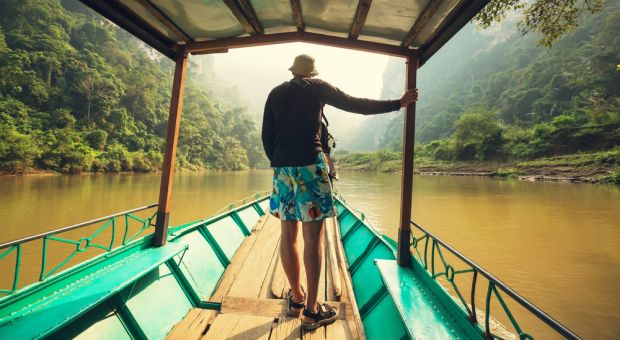
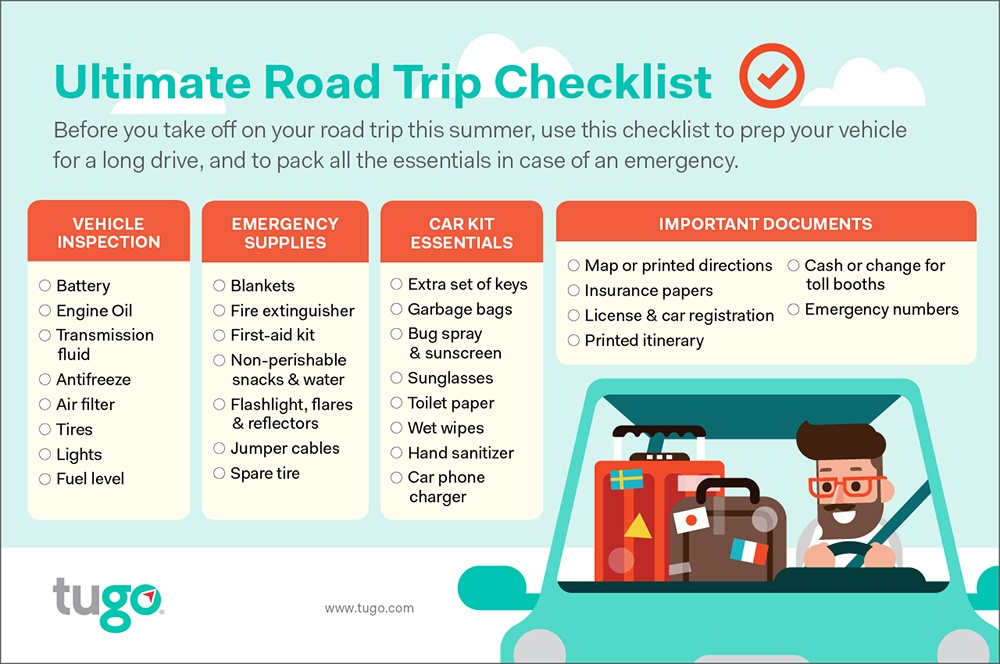

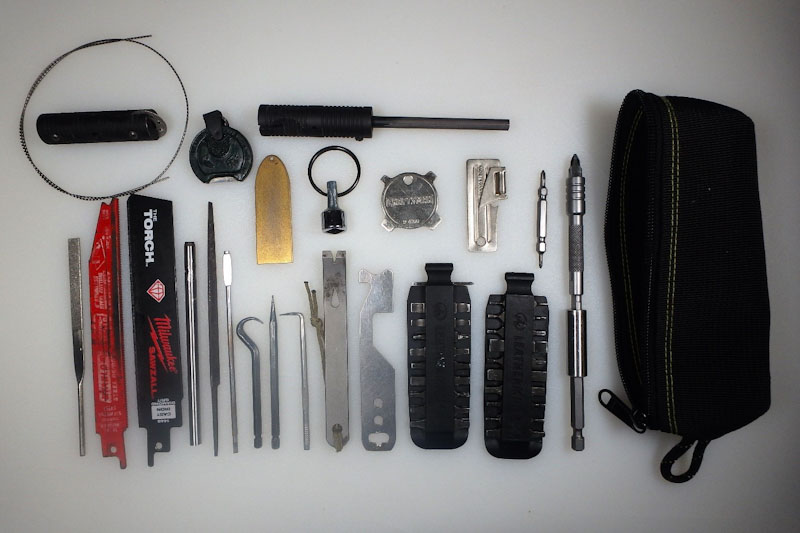
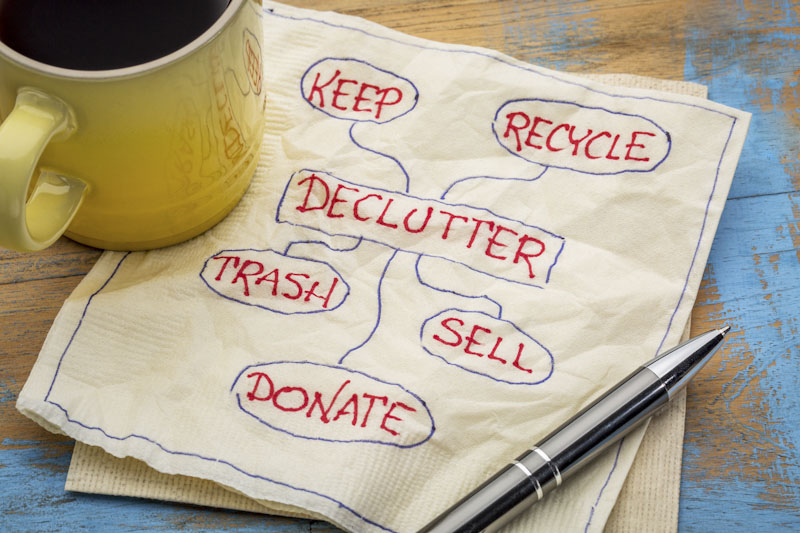
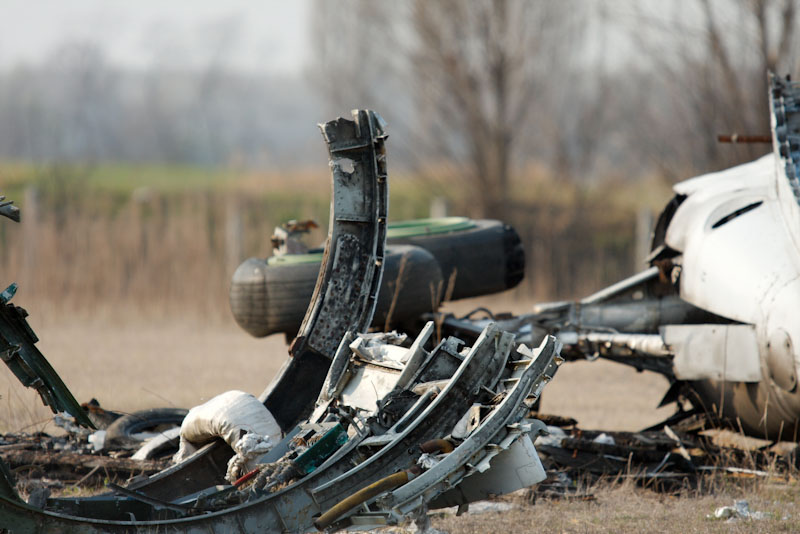
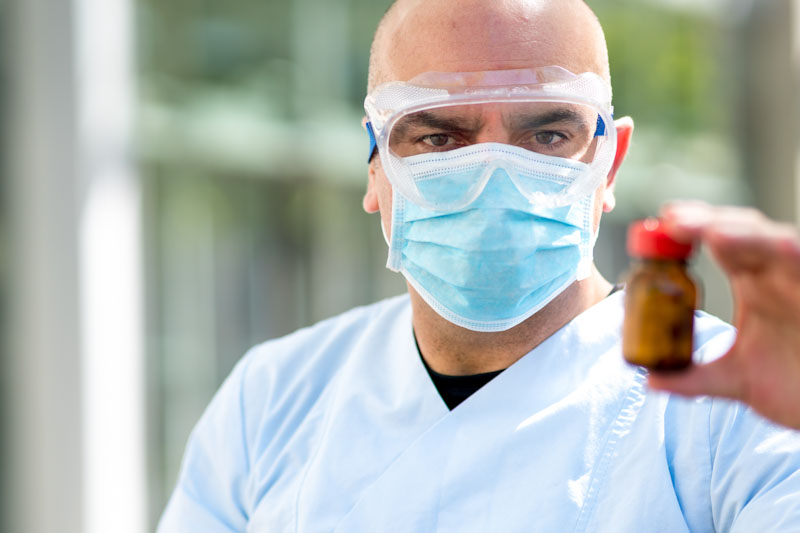


Mike robyck | August 14, 2018
|
Where across the border are you
I am also a missionary across from Progresso Mexico
Dorothy | August 14, 2018
|
I like the briefness of these reports…bing, bing, bing and you give us lots of info with no fluff. Thank you!!!
Alex | August 20, 2018
|
We are glad that you like them, Dorothy!
Alex, from Survivopedia!
Linda | August 16, 2018
|
I have travelled across country, by car, several times in my life to relocate to a new job. Here are some things I have always done when traveling solo: made sure all the vehicle’s fluids (oil, transmission, wiper fluids) were topped off, checked tire air pressure and adjusted accordingly, started with a full fuel tank and never let it go below half-full before re-filling, replaced old wiper blades with new ones, loaded the latest updates on the Garmin, replaced my travel atlas/roadmaps set if more than one year old, paid attention to the weather each day before deciding whether to stay put or to proceed; carried enough cash to pay for a day’s worth of fuel, food and one night’s lodging just in case there was a problem using my credit card; and let my credit card company know my dates of travel and the part of the country I was travelling though. As a woman traveling solo, I rarely traveled after dark, I would wait to reserve my motel room until just several hours in advance of check-in so I had no pressure to drive fast to arrive in a particular town before nightfall, I always had enough bottled water and trail bars with me if I did not feel comfortable going out to dinner or breakfast near my motel and I packed so that I would only have to carry my toiletries/overnight bag plus the next day’s clothing to my room instead of struggling with large heavy pieces of luggage. And I always had in my hand a small canister of bear spray when outside of my vehicle at fuel stations, walking to and from restaurants and walking to and from my motel room. Now I also wear concealed carry, but in the old days all I had was the bear spray and the willingness to kick a sprayed assailant several times in the head before running away.